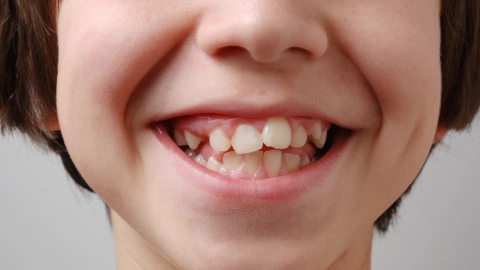Conditions Wisdom teeth
ICD codes: K07 K00 K07.3 What are ICD codes?
The wisdom teeth are found at the very back of the mouth, at the end of each row of teeth. Having them extracted is often unpleasant and may have side effects. Do wisdom teeth always need to be taken out? Even if they’re not causing any problems?
At a glance
- The wisdom teeth are found at the very back of the mouth, at the end of each row of teeth.
- Often, wisdom teeth are not fully developed until the age of 18 to 24.
- They only cut through the gums – if at all – once they are fully developed.
- Many people find wisdom teeth bothersome because there often isn’t enough space in the mouth to accommodate them, and they can cause symptoms.
- Wisdom teeth are a remnant from our primitive ancestors who had larger jaws and more teeth.
- Today, most jaws are simply too small to accommodate wisdom teeth. However, they don’t always need to be extracted.
Note: The information in this article cannot and should not replace a medical consultation and must not be used for self-diagnosis or treatment.

What are wisdom teeth?
The wisdom teeth are found at the very back of the mouth, at the end of each row of teeth. They are often not fully developed until the age of 18 to 24. They only cut through the gums – if at all – once they are fully developed.
Many people experience discomfort in their mouth due to wisdom teeth. That’s because often there isn’t enough space in the mouth to accommodate these teeth and they can cause symptoms.
Wisdom teeth are a remnant from our primitive ancestors who had larger jaws and more teeth. Today, most people’s jaws are too small for these extra teeth. In the past, wisdom teeth were always extracted.
These days, however, dentists are not so quick to pull wisdom teeth, as they don’t always cause problems. There are also complications associated with the extraction of wisdom teeth.
Does everyone have wisdom teeth?
Humans usually have four wisdom teeth – two in the upper jaw and two in the lower jaw. However, they do not always erupt into the mouth: in around 80 of every 100 young adults, at least one wisdom tooth remains in the jaw. Sometimes, a wisdom tooth only partially emerges. In this case, the crown still remains somewhat covered by the gum or the tooth does not emerge into the mouth to the same extent as the other teeth.
What problems can wisdom teeth cause?
In many cases, wisdom teeth that have not or that have only partially erupted do not cause any problems. However, they can also lead to pain, swelling or gum inflammation. What’s more, adjacent teeth can be damaged and the risk of caries (tooth decay) can increase.
Similar occurs when wisdom teeth erupt: sometimes, they join the end of the row of teeth without issue. However, they can also cause other teeth to shift, grow at an angle or lead to inflammation or other complications.
How do dentists determine whether wisdom teeth are likely to cause problems?
If someone suspects that their wisdom teeth could be causing problems they should visit a dentist. During the visit, the dentist will begin by asking the patient about any possible symptoms. They will then examine the inside of the mouth (the oral cavity) and the jaw. An X-ray is taken to show the exact position of the wisdom teeth in the jaw.
By performing a thorough examination, the dentist will be able to more accurately predict whether the wisdom teeth are likely to cause problems or whether they will fit normally into the jaw.
How are problematic wisdom teeth treated?
Wisdom teeth that cause complications are usually extracted. Surgery may or may not be required, depending on whether the wisdom teeth have already broken through the gum or are still in the jaw.

In the past, wisdom teeth were almost always pulled, even if they were causing no problems. Today, however, extraction is only recommended if problems arise or complications are foreseen.
More detailed information, for example about when wisdom teeth need to be extracted, is available at gesundheitsinformation.de.
- Deutsche Gesellschaft für Mund-, Kiefer- und Gesichtschirurgie (DGMKG), Deutsche Gesellschaft für Zahn-, Mund- und Kieferheilkunde (DGZMK). Operative Entfernung von Weisheitszähnen (S2k-Leitlinie). AWMF-Registernummer 007-003. 08.2019. Aufgerufen am 17.10.2024.
- Dodson TB, Susarla SM. Impacted wisdom teeth. BMJ Clin Evid 2014: pii: 1302. Aufgerufen am 17.10.2024.
In cooperation with the Institute for Quality and Efficiency in Health Care (Institut für Qualität und Wirtschaftlichkeit im Gesundheitswesen – IQWiG).
As at:






